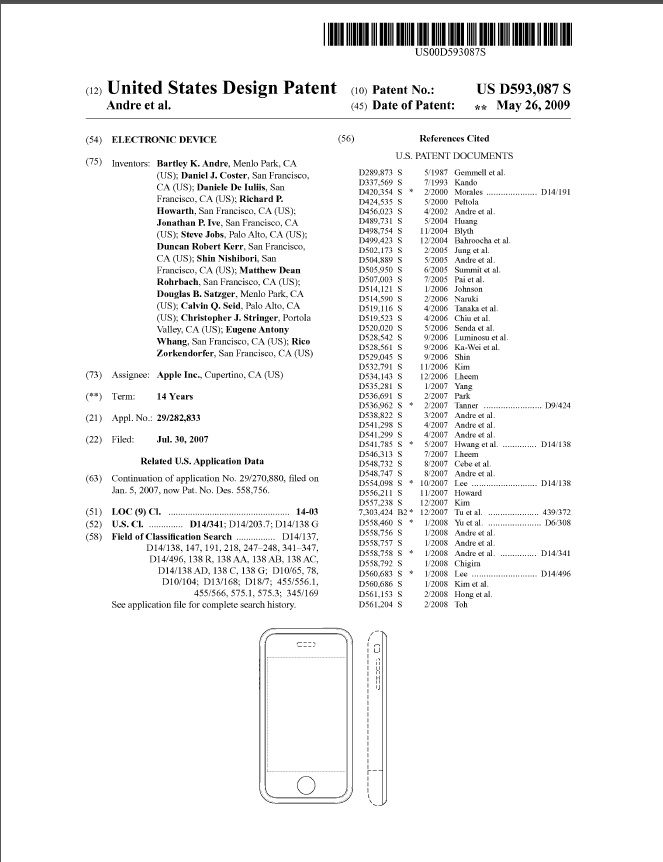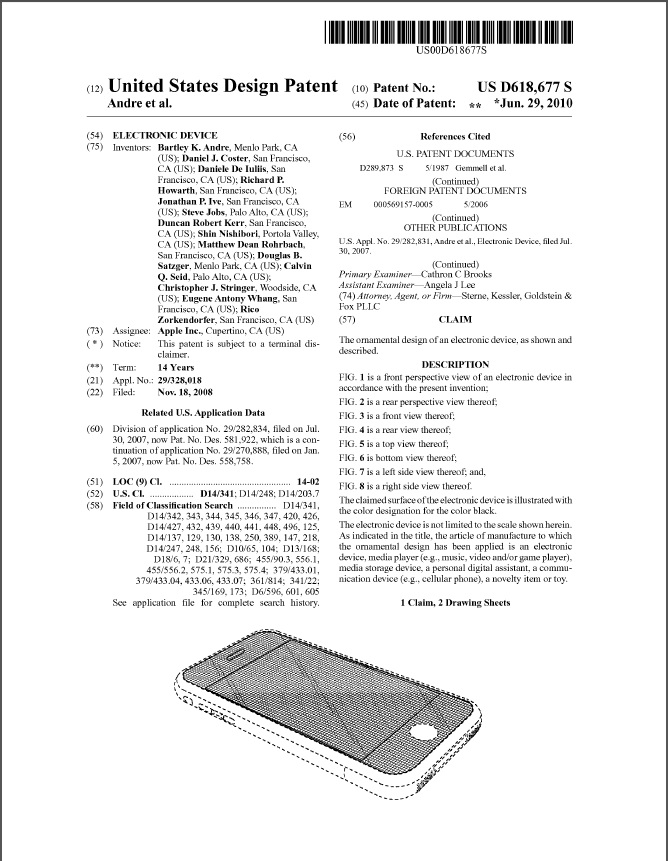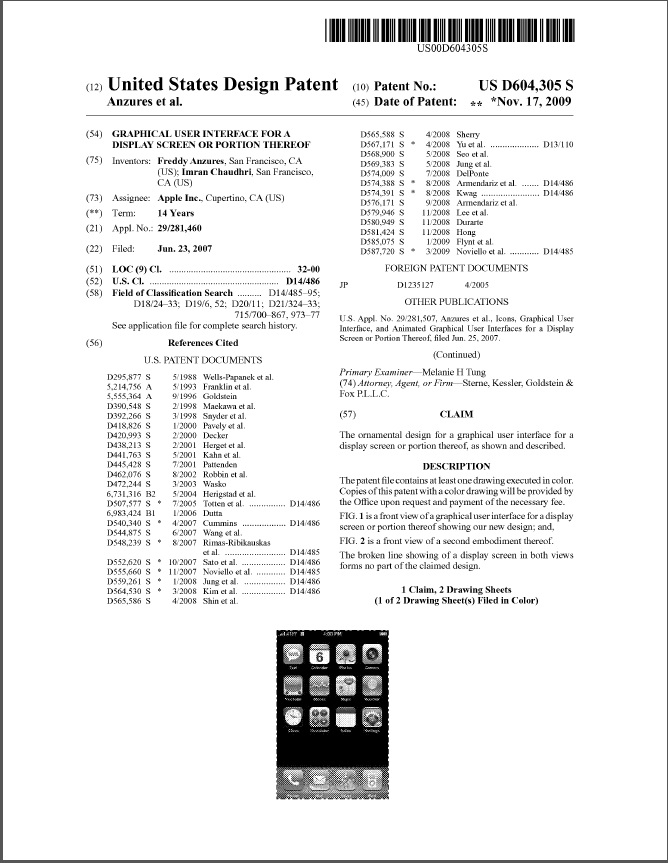In D’Agostino v. Mastercard International, Inc., [2016-1592, 2016-1593] (December 22, 2016), the Federal Circuit vacated the PTAB’s decision in two inter partes reviews that the challenged claims in U.S. Patent Nos. 7,840,486 and 8,036,988 were unpatentable for anticipation and obviousness, because the decisions rested on unreasonable claim constructions.
The Federal Circuit noted that Board applies the broadest reasonable interpretation standard in inter partes review, but said that this does not include giving claims a legally incorrect interpretation. At issue was the interpretation of the
b) receiving a request from said account holder for a transaction code to make a purchase within a payment category that at least limits transactions to a single merchant, said single merchant limitation being included in said payment category prior to any particular merchant being identified as said single merchant;
The Federal Circuit found that it was critical that the “single merchant” must not be identified to the authorizing entity at that time of the request: “The single-merchant limitation thus requires, simply, that, when the transaction code is requested, the request
limits the number of authorized merchants to one but does not then identify the merchant, such identification occurring only later.”
The Federal Circuit the found that the Board either departed from or misapplied the clear meaning when of the claim, whether as a matter of claim construction or as a matter of application to the prior art, when it concluded that the claim covers a situation in which the customer first seeks a transaction code for an identified “chain of stores” and, later, picks a specific store within that chain. The Federal Circuit found that this was contrary to the requirement that at the time the transaction code is requested, the request does not identify the merchant. The only way the Board could be correct was if “single merchant” and “particular merchant” had different meanings, which under the circumstance was not correct.
Because the decisive aspect of the Board’s reasoning is contrary to the claim as reasonably construed, we need not and do not
discuss other statements made by the Board en route to
its conclusion.



